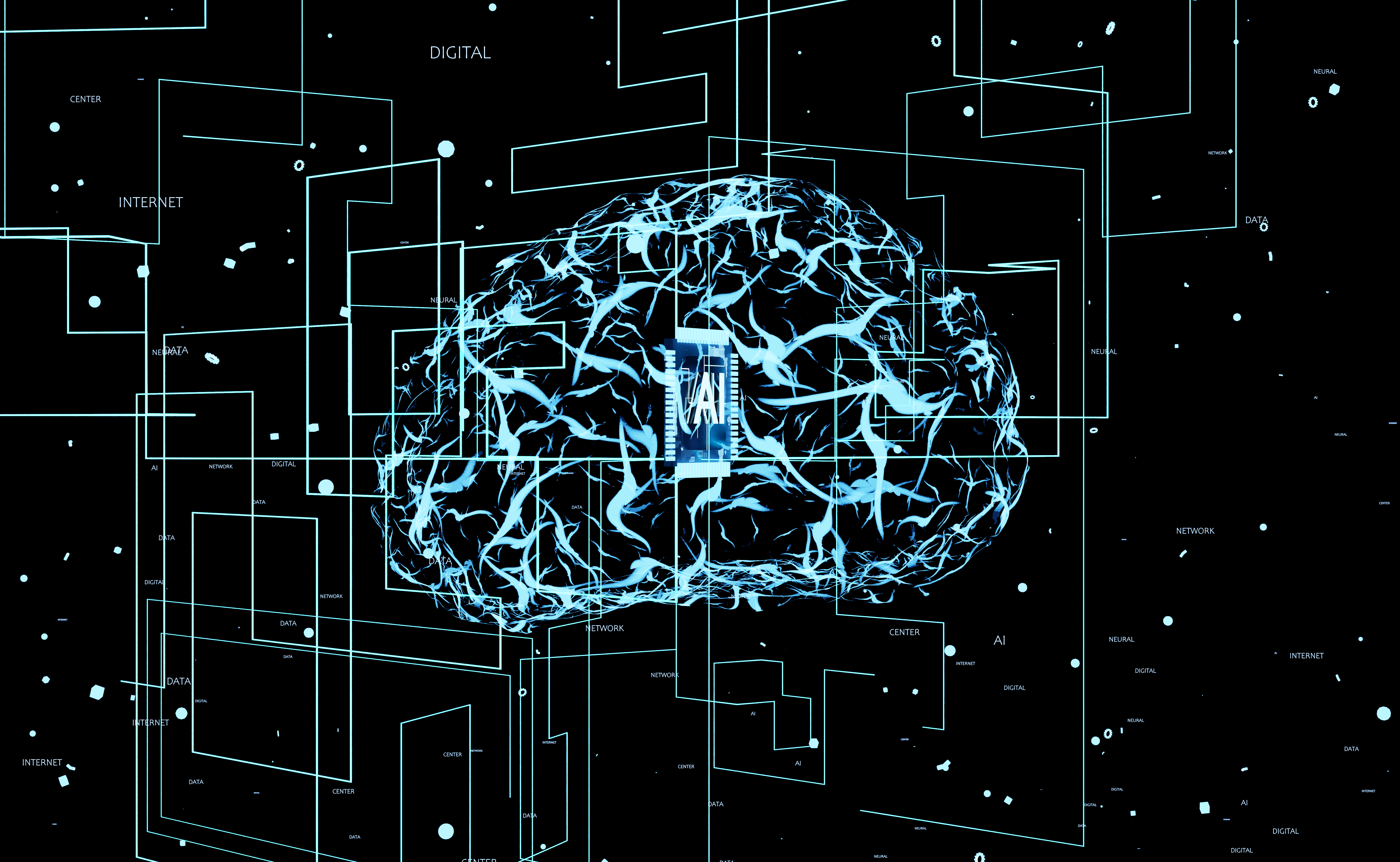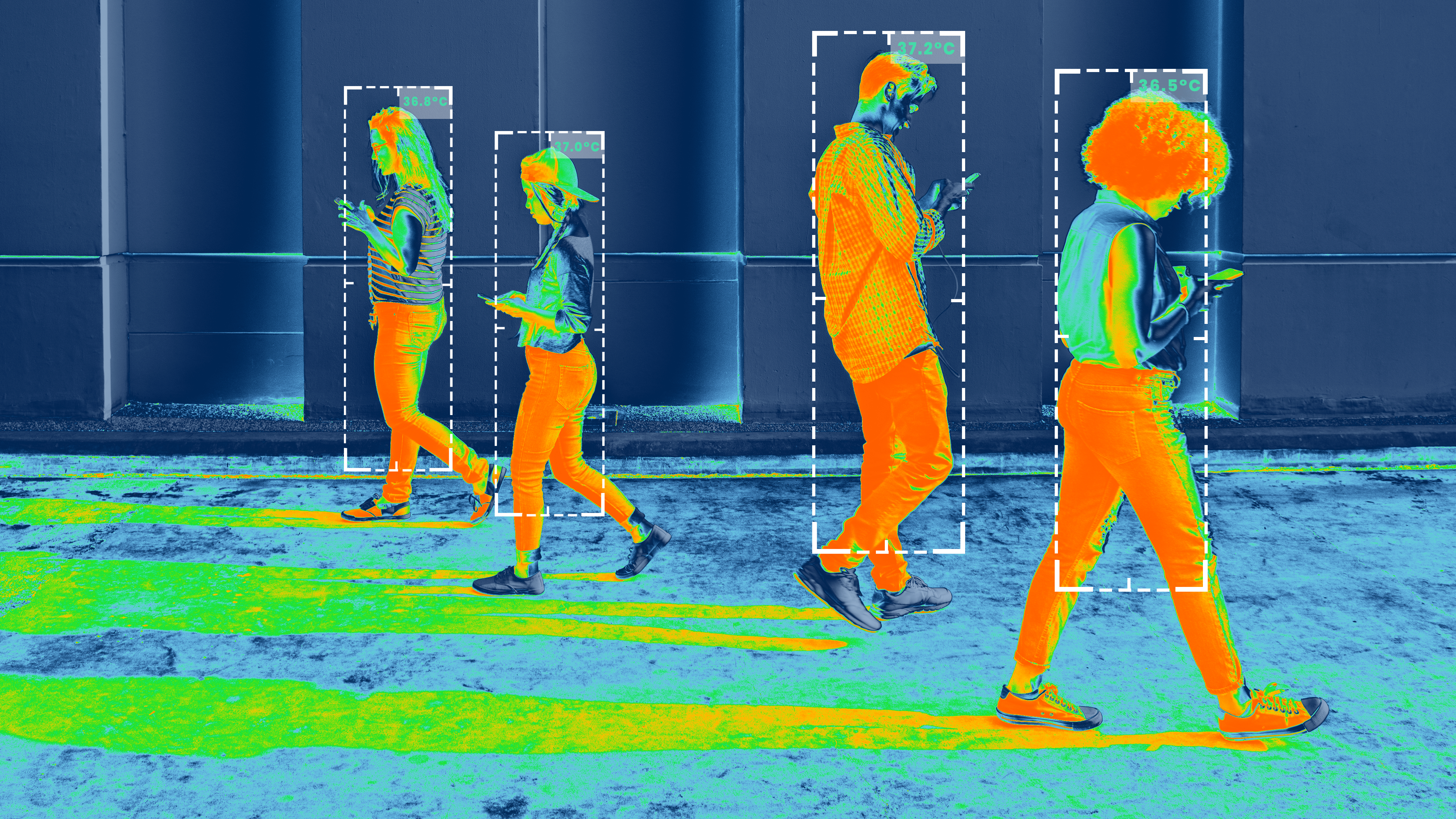How Self-Supervised Learning is Redefining Computer Vision

Introduction
Computer vision has witnessed groundbreaking advancements in recent years, thanks to the rise of deep learning. However, the traditional reliance on large-scale labeled datasets has been a bottleneck, making supervised learning expensive, time-consuming, and constrained by human annotation biases. Self-supervised learning (SSL) is emerging as a paradigm shift, enabling models to learn meaningful representations from raw, unlabeled data—just like humans do.
This blog explores how self-supervised learning is reshaping the landscape of computer vision, its adoption by major tech companies, and what the future holds for this transformative approach. If you’re a researcher, practitioner, or simply an enthusiast in AI, this is a trend you can’t afford to ignore.
The Shift from Supervised to Self-Supervised Learning
Limitations of Traditional Supervised Learning
Supervised learning has been the foundation of computer vision breakthroughs, from object detection to medical image analysis. However, it comes with major challenges:
- Data Labeling Bottleneck: High-quality labeled datasets require extensive human annotation, making large-scale AI training costly, time-consuming, and prone to human error.
- Generalization Issues: Models trained on specific datasets often fail to generalize well to unseen data, leading to domain adaptation challenges (e.g., medical images vs. street scenes).
- Bias and Overfitting: Dependence on labeled datasets can introduce biases, limiting a model’s robustness.
- Scalability Issues: As applications demand more data, labeling requirements grow exponentially, making it impractical.
Self-supervised learning tackles these challenges by eliminating the need for manually labeled data, instead leveraging intrinsic patterns in images and videos to learn meaningful features.
Self-Supervised Learning: A Paradigm Shift
Self-supervised learning is a subset of unsupervised learning where a model creates its own supervisory signals from raw data. Instead of relying on human-annotated labels, it generates pseudo-labels through pretext tasks — auxiliary learning tasks that help the model understand structure and patterns in the data.
Key Concepts in SSL:
Pretext Tasks
Tasks designed to help the model learn useful features without explicit labels. Examples include:
- Contrastive Learning (e.g., SimCLR, MoCo) – Pulling together similar representations and pushing apart dissimilar ones.
- Predictive Learning: Filling missing image patches (e.g., MAE - Masked Autoencoders, BERT-inspired vision models).
- Clustering-based Learning: Assigning pseudo-labels to unlabeled images and training the model to recognize clusters (e.g., SwAV, DeepCluster).
Downstream Tasks
After learning useful representations, the model is fine-tuned on specific tasks like object detection, segmentation, or classification.
Loss Functions
SSL relies on innovative loss functions like contrastive loss, clustering loss, or masked reconstruction loss to train without explicit labels.
Breakthroughs in Self-Supervised Learning for Computer Vision
Recent advancements in SSL have led to models that rival or even surpass supervised learning in representation quality. Here are some landmark approaches:
1. Contrastive Learning: SimCLR & MoCo
Contrastive learning methods like SimCLR (Chen et al., 2020) and MoCo (He et al., 2020) revolutionized self-supervised learning by introducing augmentation-based training. They learn representations by maximizing similarity between differently augmented views of the same image while distinguishing it from others.
Impact:
- Outperformed supervised pre-training on ImageNet with sufficient data.
- Enabled transfer learning to diverse vision tasks.
2. Clustering-based Learning: SwAV & DeepCluster
Instead of relying on instance discrimination, methods like SwAV (Caron et al., 2020) use clustering to assign pseudo-labels dynamically. This allows SSL models to generalize better across domains.
Impact:
- Improved performance in domain adaptation.
- Better semantic structure understanding without labels.
Video Source: Facebook Research Github Repository
3. Vision Transformers and Masked Autoencoders
Inspired by NLP, Vision Transformers (ViTs) have reshaped SSL in vision. Masked Autoencoders (MAE, He et al., 2021) train by reconstructing missing patches, leading to robust feature learning.
Impact:
- Achieved state-of-the-art results on multiple benchmarks.
- Reduced dependence on manually labeled datasets.
Market Adoption and Industry Implications
How Major Tech Companies are Investing in SSL
Leading AI-driven companies are actively integrating self-supervised learning into their research and products:
- Google: Developing SSL-based models like SimCLR and BigGAN to enhance visual recognition without large labeled datasets.
- Meta (Facebook AI Research): Pioneering contrastive learning through methods like DINO and SEER to train foundation models on vast amounts of unlabeled data.
- OpenAI: Leveraging self-supervised learning to improve multimodal models like CLIP and DALL·E, bridging vision and language tasks.
- Tesla: Incorporating SSL in autonomous driving models to learn from millions of unlabeled driving videos, reducing dependency on manually labeled datasets.
Video Source: Meta AI Blog on DINOv2
Research and Real-World Applications
The impact of SSL is evident across industries:
- Healthcare: Self-supervised models improve diagnostic accuracy by learning from raw medical images, reducing reliance on scarce expert-labeled data. Read about challenges in Medical Imaging
- Autonomous Systems: SSL enhances perception in robotics and self-driving vehicles, allowing machines to learn from real-world scenarios efficiently.
- Retail & Surveillance: Face recognition and behavioral analytics benefit from SSL’s ability to adapt to diverse environments without manual intervention.

Future Trends and Research Directions
Where is Self-Supervised Learning Headed?
- Foundation Models: Self-supervised learning is crucial for training large-scale, general-purpose models like Vision Transformers (ViTs) that can adapt to multiple tasks.
- Stronger Generalization: Models that learn once and adapt to multiple tasks without retraining.
- AI with Less Supervision: Future AI systems will leverage SSL to reduce dependency on costly labeled data, making deep learning more accessible.
- Reduced Compute Costs: More efficient training techniques reducing hardware dependencies.
- Multimodal Learning: The integration of SSL with text, speech, and vision (e.g., CLIP, Flamingo) will enable AI models to reason across multiple modalities.
- Human-Level Understanding: Advancements in SSL will drive AI systems toward reasoning, commonsense understanding, and real-world adaptability.
- Ethical AI: Reducing bias in AI models by leveraging unlabeled data from diverse sources.
Key Takeaways
- Self-supervised learning is transforming computer vision by reducing reliance on labeled data.
- Contrastive learning, clustering, and masked autoencoders are leading the SSL revolution.
- SSL is already making an impact across industries, from healthcare to autonomous systems.
- Future trends include multimodal AI, better generalization, and efficient training methods.
As AI moves towards more data-efficient, scalable, and generalizable learning, self-supervised learning is at the forefront of this revolution. If you’re working in AI or computer vision, now is the time to explore SSL and its potential for building the next generation of intelligent vision systems.
References
- Chen, T., Kornblith, S., Norouzi, M., & Hinton, G. (2020). A Simple Framework for Contrastive Learning of Visual Representations. ICML.
- He, K., Fan, H., Wu, Y., Xie, S., & Girshick, R. (2020). Momentum Contrast for Unsupervised Visual Representation Learning. CVPR.
- Caron, M., Misra, I., Mairal, J., Goyal, P., Bojanowski, P., & Joulin, A. (2020). Unsupervised Learning of Visual Features by Contrasting Cluster Assignments. NeurIPS.
- He, K., Chen, X., Xie, S., Li, Y., Dollár, P., & Girshick, R. (2021). Masked Autoencoders Are Scalable Vision Learners. CVPR.
How do you see self-supervised learning transforming the AI industry? Share your thoughts in the comments or reach out to discuss the latest trends in AI-driven computer vision!




Leave a comment